When selecting a commercial umbrella to showcase around your establishment you may notice there are many options to choose from. These choices can significantly impact the longevity, performance, style, and price of the product. What is the best shade solution for your business, and is it worth investing in? It is important to know the difference between each component, such as the type of canopy, ribs, pole, lift, and vent when choosing a commercial umbrella to gauge the effect it will have at your specific location.
Canopy
The canopy is arguably the most important part of an umbrella. Not only does it provide shade and rain protection, but it is the first thing people see when they arrive on site. Because of this, it is important that the color and condition of the fabric are always in tip-top shape to create positive first impressions. However not all canopies are created equally, nor do they use the same processes when applying colors and protections. Between solution-dyed and spun acrylic, which treatment for the umbrella canopy will best fit your location and budget?
What is Solution Dyed Acrylic Fabric?
Solution Dyed Acrylic is when the thread is treated, colored, and spooled before it is woven into a fabric. This ensures that the canopy is thoroughly dyed without any weakness in the UV inhibitors that ultimately can cause premature fading. Sunbrella, Outdura, and Recacril are all examples of brands that specialize in 100% solution-dyed acrylic fabrics.
What is Spun Acrylic?
Spun Acrylic, also known as stock dyed or yarn-dyed fabric, is when the thread is woven into the fabric and then dipped in dye. The fabric is then spun in the dye until the material absorbs the color. This is a much cheaper method than Solution Dyed.
The Carrot and the Radish
These procedures may seem to have identical outcomes, but are they really the same? The results can be better explained using the carrot and the radish analogy. Solution Dyed thread is your carrot. If you cut the thread in half, it's the same color inside as it is outside. However, doing the same to a radish you will find that not far beyond its exterior color is a white center. This is an example of when the spun acrylic fabric is cut.

Why is this Important when the Canopies look Exactly the Same?
Though the canopies may look the same at face value, the long-term outcomes couldn’t be any more different. Spun dyed acrylic is more cost-effective, however, areas of the canopy could be less protected from UV rays over time and the lack of core color within the thread can result in spotty, premature fading. Solution-dyed acrylic ensures that every inch of the material is thoroughly saturated with hues and UV inhibitors, creating long-lasting protection, while maintaining the proper maintenance. Also if the canopy were to be scratched or scuffed on its surface the color and protection will still be present.
What about Textilene?
Other than Solution Dyed and Spun Acrylic, you may also see Textilene that comes with an even more inviting price tag. Textilene is a Woven Polyester with a PVC coating. This fabric is often used on applications such as sling seating and patio umbrellas. However, compared to the other options Textilene is not as durable and only meant for the purpose of shade. The open weave construction has only 80% water resistance. Not a bad solution for private homes and residential areas with reasonable wind speeds.
Ribs
The main support for the canopy is the ribs and depending on their material can literally make or break your umbrella. Ribs are designed to be strong enough to withstand wind gust without breaking while being flexible enough to reduce turbulence on the fabric. Fiberglass, aluminum, and steel have all been proven useful for rib production, but which one is best?
.jpg)
Fiberglass ribs are among the most used skeletal structures on standard size commercial patio and market umbrellas. The extremely flexible material will bend with the breeze allowing better airflow. Reduction in wind-resistance leads to less pressure applied to the canopy and rib while decreasing the risk of damage that would result in fabric tearing or rib breakage.
.jpg)
Another great option for umbrella ribs is Aluminum. Not only does this material have the strength of metal, but it's rust-resistant and lightweight. Aluminum ribs also present a sleek, expensive look, especially on giant umbrellas and cantilevers.
.jpg)
Steel ribs used to be more common, but have been heavily replaced by aluminum and fiberglass. The budget-friendly steel ribs are still an option in today’s market especially on smaller canopies, such as lifeguards or beach umbrellas.
What Rib Material is Best for You?
The best rib choice for the umbrella depends on the location. As mentioned, aluminum ribs provide a lavish metallic look while providing rust-free longevity. Resorts, restaurants, and country clubs typically take advantage of their luster. Steel ribs have the same gleaming presence but are vulnerable to rust. However, the cost of steel is budget-friendly, often coming 8% lower than fiberglass. Fiberglass is the most recommended solution in almost all environments including the beach as long as the probability of extreme sustained wind gusts is low. With metal ribs solid, rigid nature, they hold a greater risk of snapping during troubled winds while fiberglass’ bowing flexibility is more forgiving.

Hub and Runner
The hub and runner are the main components used while opening up a center pole system. The hub rests on top of the runner and houses the ribs. As the runner slides up the pole, the hub compresses the ribs allowing them to bend at the joints and thus effectively opening the canopy. Material options for the hub and runner are primarily plastic and aluminum.
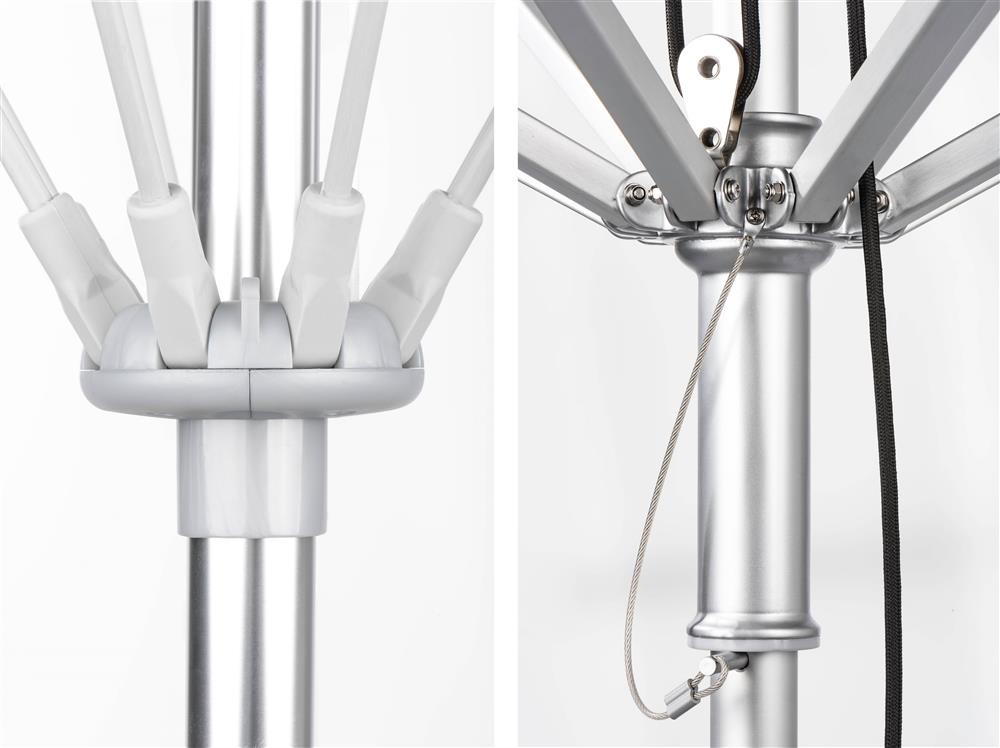
Plastic
It is safe to say that 98% of all umbrella hubs and runners are going to be made from plastics. The cost efficiency, color match capability, scratch-resistant properties, durability, and easy replacements all work in favor of this pliable material.
For some exceptions, there are hubs and runners molded from aluminum. Being metal, aluminum is a stronger material over its plastic counterpart. However, the main reason for an aluminum hub and a runner is it just looks plain gorgeous.
Pole and Mast
Barring the weight of the entire umbrella is the pole or mast if the shade is a cantilever. The pole is designed to be thin and rounded/curved to prevent any further catch from the air current. It also limits view obstruction while providing much-needed shade. To keep the umbrella standing tall for multiple seasons, the post is generally constructed from either aluminum, steel, or wood.

Aluminum Pole
Today’s commercial umbrellas are mainly fitted with aluminum poles. The tubing is lightweight and constructed with a ⅛” thick wall for incredible strength and durability. Mast for cantilever umbrellas is also built from heavy-gauge extruded aluminum for the same reasons. For style, protection, and perseveration of the metal, it is finished with either a powder-coated or anodized layer.

Steel Pole
Steel is not widely used as aluminum to construct umbrella poles. Although it is stronger and more cost-efficient than aluminum, steel will rust if the raw metal is exposed to water, salt, and air. Fortunately like aluminum, the steel is also protected with an anodized or powder coating to ensure the longevity of the pole. Steel poles can be typically found supporting beach, lifeguard, and patio umbrellas.

Wood Pole
Wooden poles are seldom used in today's market as they have been replaced highly by their metal counterparts for the purpose of endurance. Wood is more prone to water absorption, sun rot, and splintering over a lengthy period of time. However, wooden poles are best used in harsher environments like the beach due to their solid core. Additionally, it gives off a natural, relaxed look and feels that even powder-coated aluminum poles have a hard time imitating.
What Material is Best?
Commercial grade umbrella poles are more often going to be composed of powder-coated aluminum. Wooden and steel are both affordable options that will suit most settings, but the length of service will be significantly reduced compared to aluminum.
Additional Umbrella Pole Options
Besides the material, there are a couple of other pole options available that can optimize your umbrella’s usage. Standard umbrella poles come with an open tubed bottom, but there is a pointed tip model that makes a perfect addition to beachside properties. Generally made from either wood or steel, pointed tip poles are designed to spike into the dirt or sand for a freestanding result.

It is also important to note that generally, the pole comes in two pieces that fit within one another and securely connect via a spring lock push button. This makes for easy replacement if the bottom pole were to sustain damages and allows the umbrella to ship ground versus commercial carrier, saving on shipping costs. There are some single pole options, but they are only reserved for smaller umbrellas.
Lift
The lift is an apparatus used to comfortably open and close the umbrella in the safest, quickest way possible. Choosing the right lifting mechanism is one of the more important decisions to make. You may find yourself with umbrellas where the patrons have a hard time opening the canopy and others where the umbrellas become damaged due to improper use.
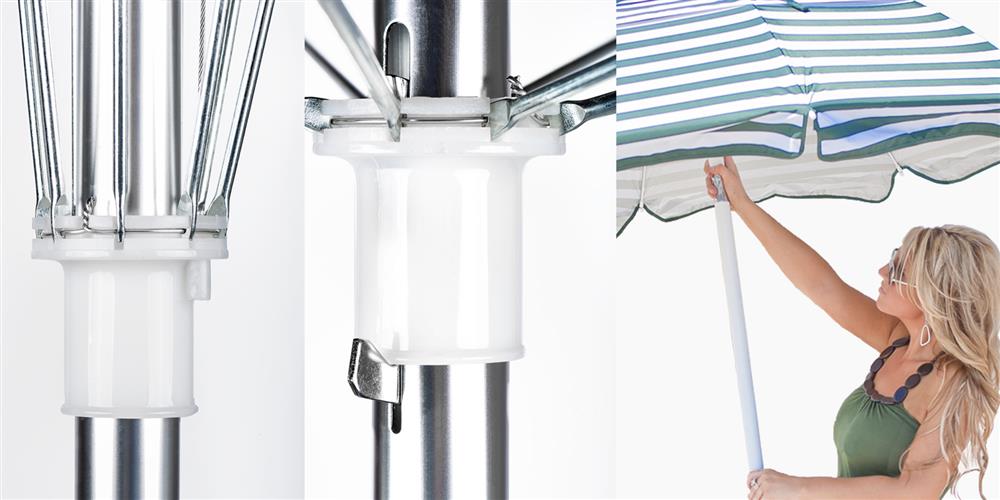
Much like the typical umbrella that you use when it rains, the manual lift is when you physically slide the runner up the pole until it catches on the spring-loaded ledge at the top which locks it open. To close, the ledge is pushed into the pole so the hub and runner can slide down again.
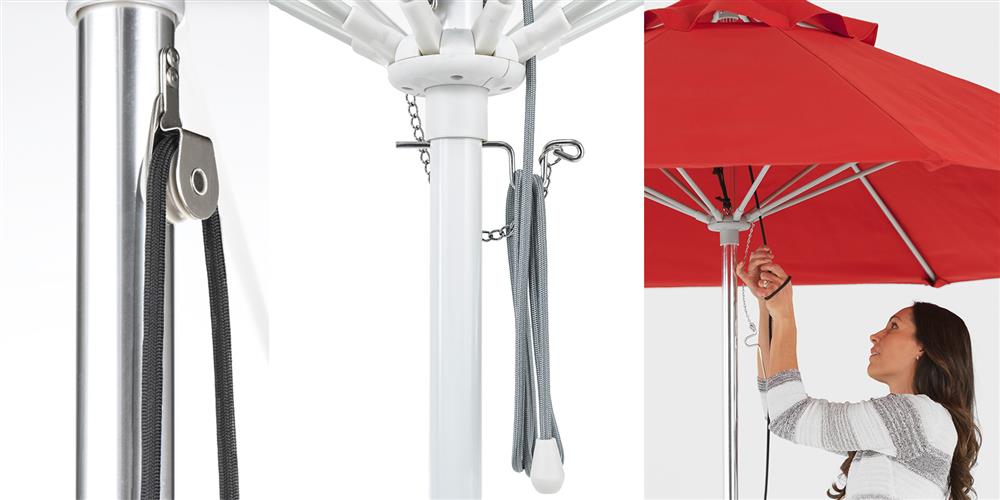
For a pin and pulley lift, instead of pushing up to open the canopy, you pull down on the para-cord. The cord effortlessly slides through a heavy gauge pulley system until the canopy is fully extended and the locking pin can be inserted.
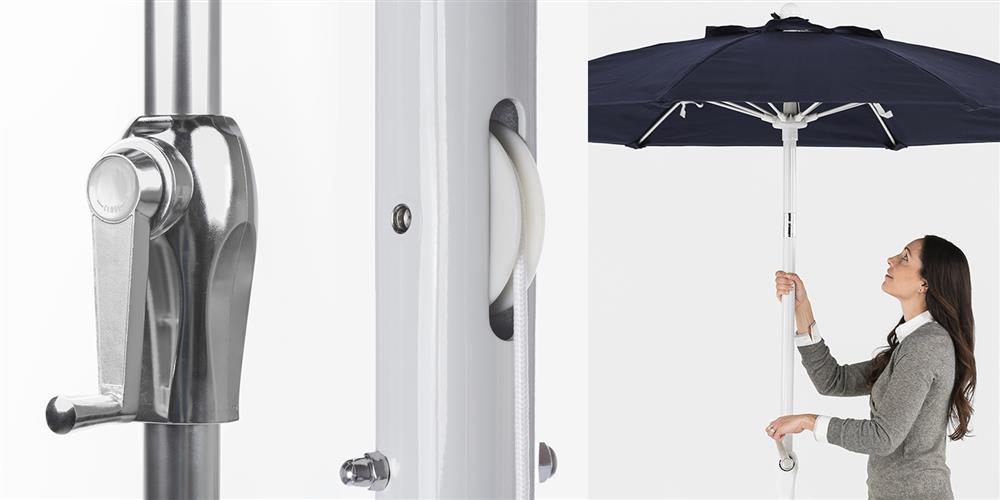
A crank lift takes on the same engineering as the pulley system, but the cord is located inside the pole and connects to the crank housing. The inside mechanism provides tension on the cord as the outside handle is rotated. This opens the umbrella to the desired expansion without the use of a pin to lock the position in place.
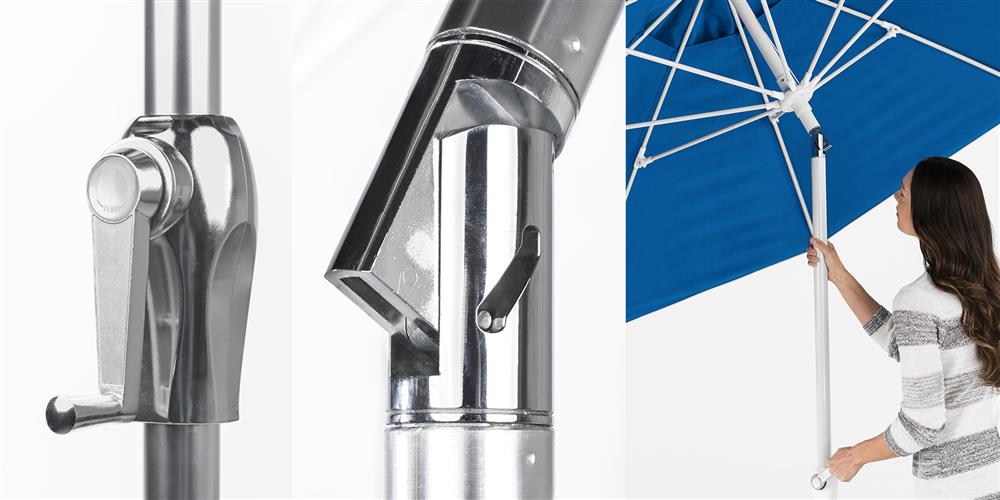
The auto tilt lift is a crank with a little extra functionality. Near the top of the pole, there is a joint that allows the canopy to lean about 60 degrees once activated. Two common ways used to make the canopy tilt is push-button or with the crank handle. The push-button option simply allows the umbrella to tilt by pressing the button once it is cranked open to full expansion. Similarly, for the crank version, the canopy will need to be completely extended but the tipping function will start to activate following a few more open rotations of the handle.
What is the Best Lifting Method?
Each application of lift comes with its own set of advantages. It's up to the location, budget, and intended audience to determine the proper lifting style that works best. Manual lift is the most cost-efficient and durable method, however, it is also more physically enduring. Seniors and children may have a difficult time extending the canopy especially if the umbrella is larger than standard. Less physical but still very durable is the pin and pulley system. Pin and pulley are highly recommended among commercial settings as it is easy to use by patrons and holds up over prolonged periods of time. A crank lift is easiest to open/close by guests, however, this option is more expensive and it has the potential of becoming damaged. With moving parts and the convenience of operating the canopy with ease, guests have a tendency to use the umbrella inappropriately as if it were a toy and/or potentially over-crank it. Auto-tilt has the same attributes as a crank, but it is even more vulnerable to damage during strong wind gusts. The air pressure doubles underneath an angled canopy which leads to more strain on the pole, ribs, and fabric. In instances where the wind is bad and the canopy remains open, the umbrella could snap at the auto-tilt joint.
Keep in mind that information regarding the crank option drawbacks is just for buyers' discretion. When used appropriately free from abuse, cranks are a wonderful addition to commercial settings. This includes auto-tilt if the breeze remains tame. For those who would like to pursue a crank lift, they come with a 2-year warranty so you can rest assured that a quality, heavy-duty product is received.
It is also important to note that any umbrella regardless of lifting option should be closed if sustained winds reach 20-25 MPH.
Vent
A vent is made when the top of the canopy is cut, overlapped, and sewn back to the bottom piece. This leaves little openings for air to escape which relieves some wind pressure but not to the point where water can get in. Venting options include no, single, and double.

No Vent
The segments of a no vent umbrella canopy are secured to the topmost area, under the finial without any additional opening or stitching.

Single Vent
A single vent features fabric at the top of the umbrella that resembles a smaller canopy or a cap. Typically the vent takes on the same color as the canopy but can be custom made with another hue. Single vents are fashioned from one piece of fabric. If the umbrella includes alternating panels, one fabric choice will need to be confirmed for the vent color.

Double Vent
The double vent also incorporates the single vent but includes another tier just below. This gives a layered look with slight contrasts that is much more eye-catching. A popular choice among designers for leisurely venues such as resorts, country clubs, and vacation destinations.
Which Vent Option is Best?
The vent recommendation that best suits your commercial establishment mainly comes down to style and budget. Vents do present an elegant display to something as mundane as an umbrella. However, vents are considered add-ons and will increase the cost per unit. Though single vent and double vents do help ease wind tension, it is only by a small amount. Again, umbrellas should be closed if sustained winds reach 20-25 MPH.
A valance is when the canopy’s panels extend and hang a little further than the rib length. This is typically found on patio umbrellas but can be special ordered on market umbrellas as well. Though a valance may provide a tiny bit more shade it is primarily included for aesthetic purposes. Valance options include without and with.

Finial
Typically available in a classic ball or spear-like vertex shape, a finial is the decorative crown piece that secures the canopy center to the top of the umbrella. The finial is made from powder-coated aluminum or rubber in the same color as the pole.

Overview
It may seem overwhelming to choose the right umbrella with all the available options. But once you select the winning combination to suit your needs, budget, and style, you receive an invaluable investment in guest comfort.
If you need further assistance in finding the desired umbrella that meets your budget, contact the professionals at Pool Furniture Furniture for a written discounted quote.
People also ask, what is the best way to secure an umbrella? Check out several options, now!
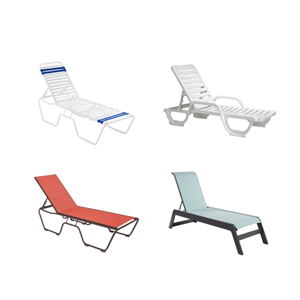
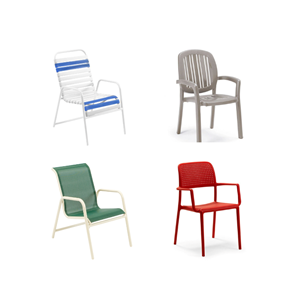
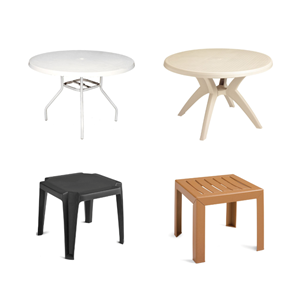
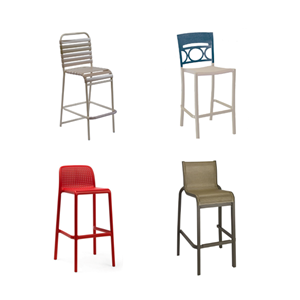
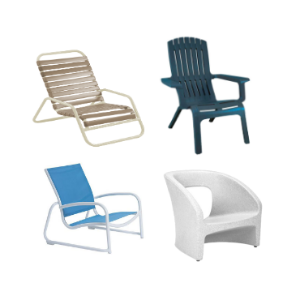
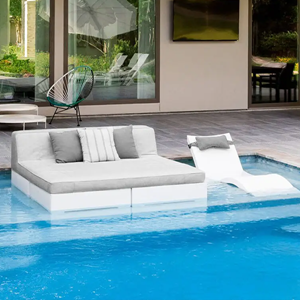
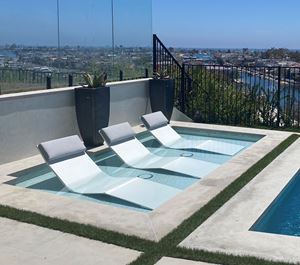
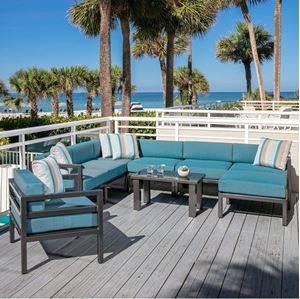
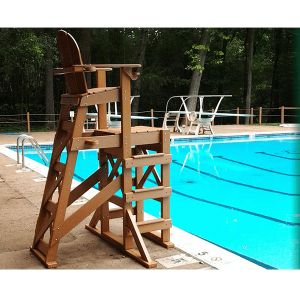
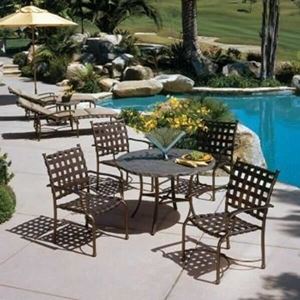
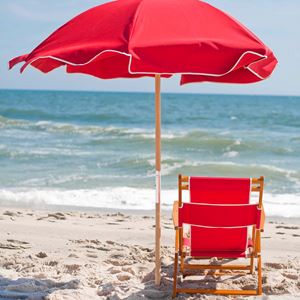
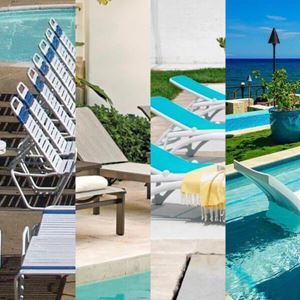
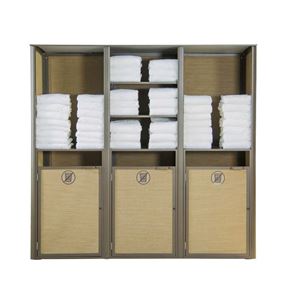
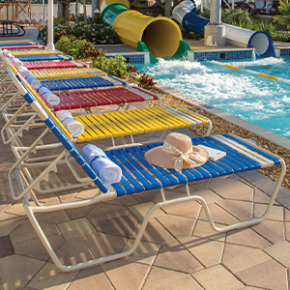
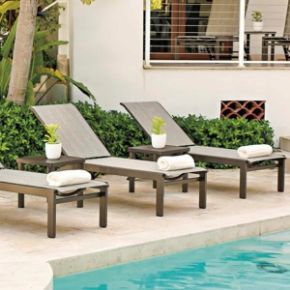
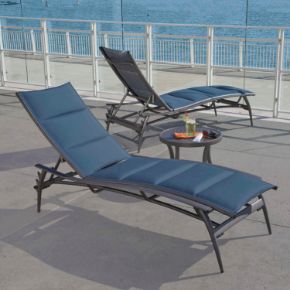
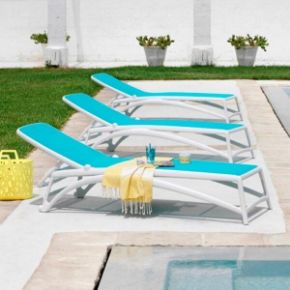
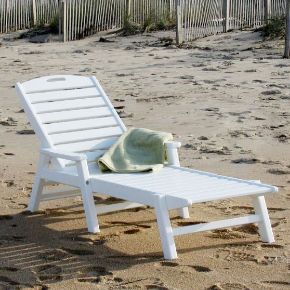
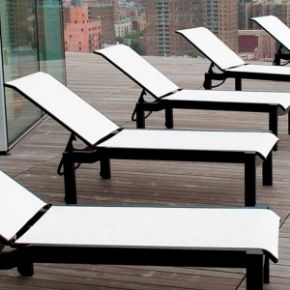
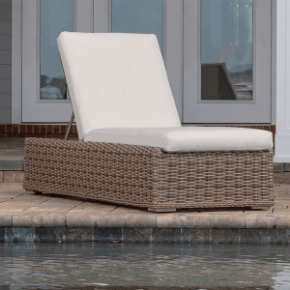
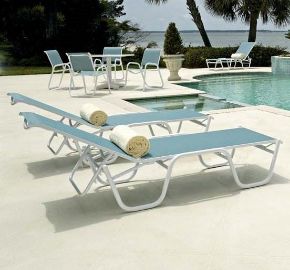
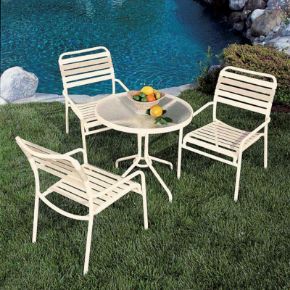
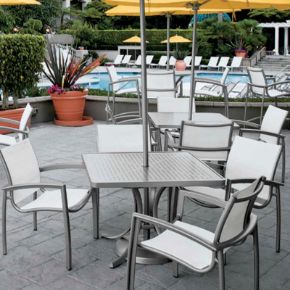
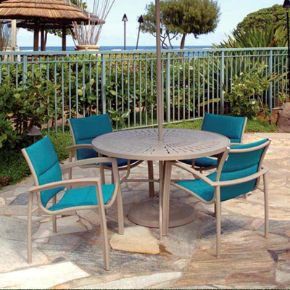
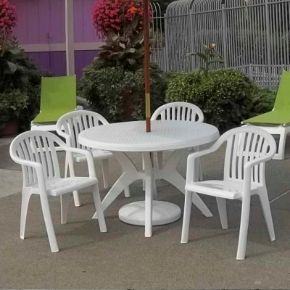
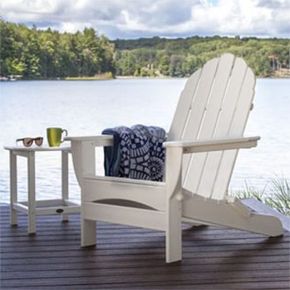
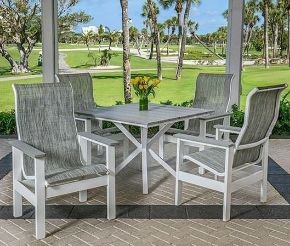
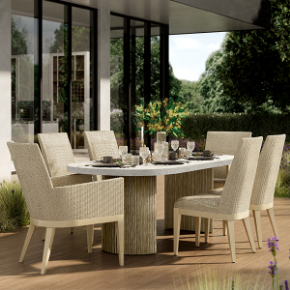
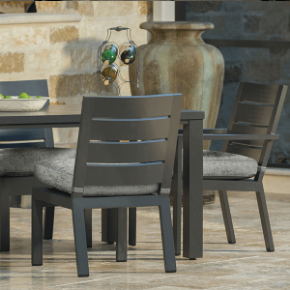
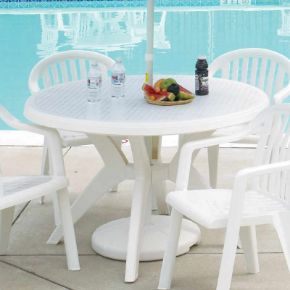
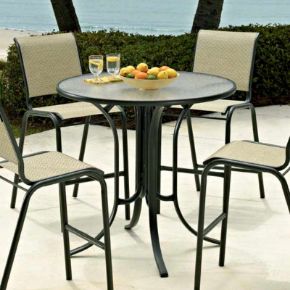
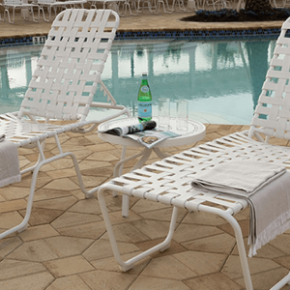
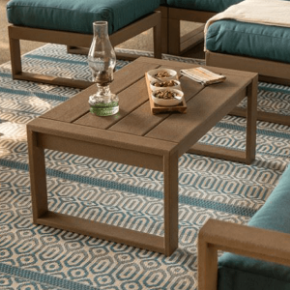
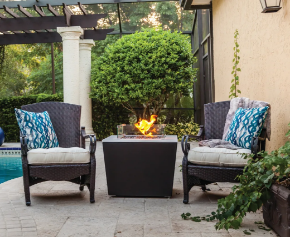
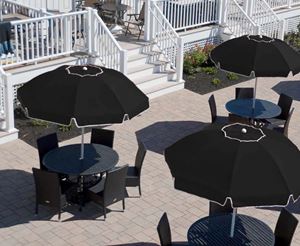
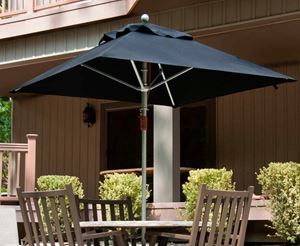
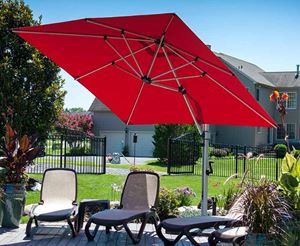
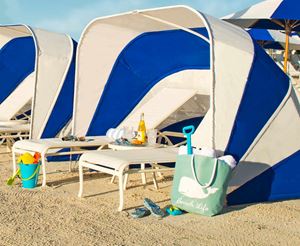
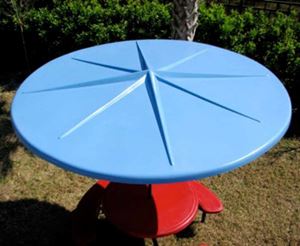
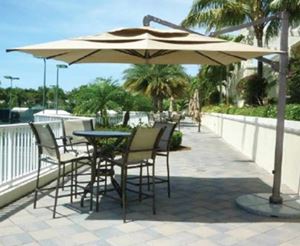
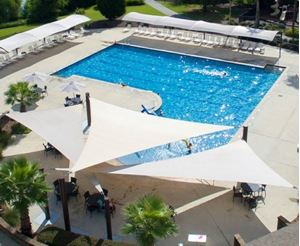
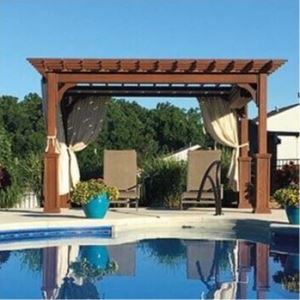
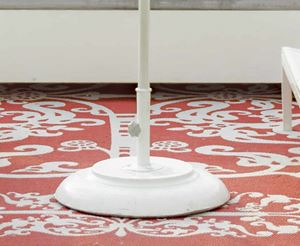
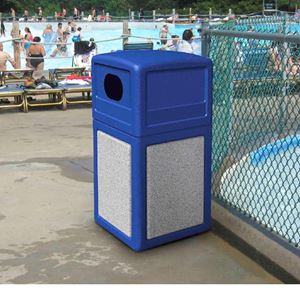
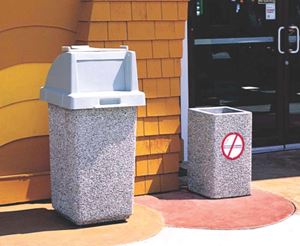
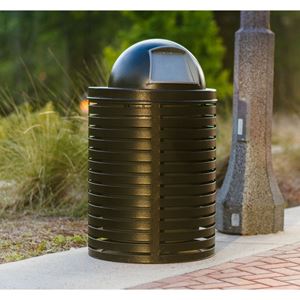

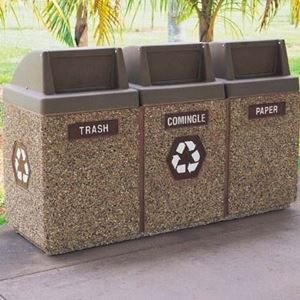
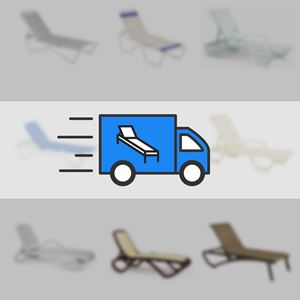
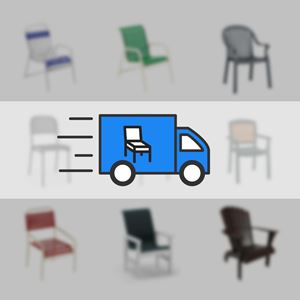
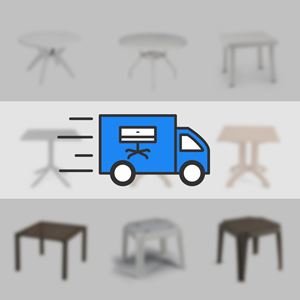
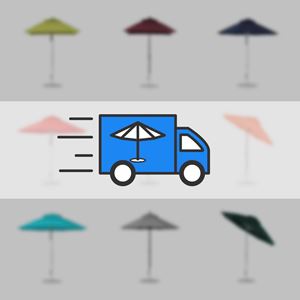
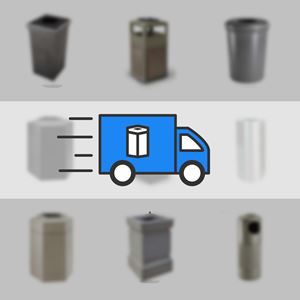
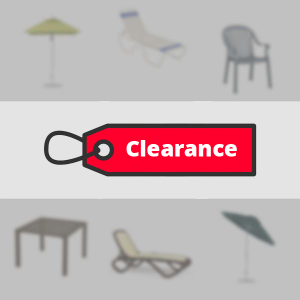
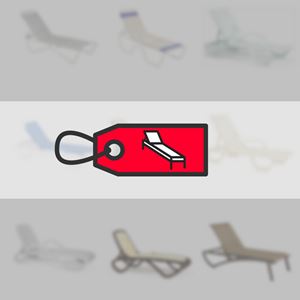
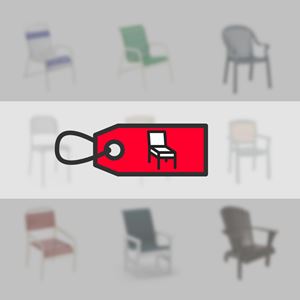
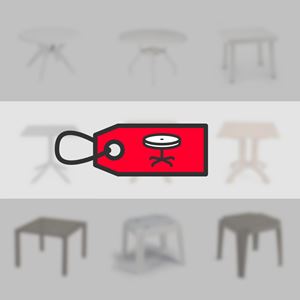
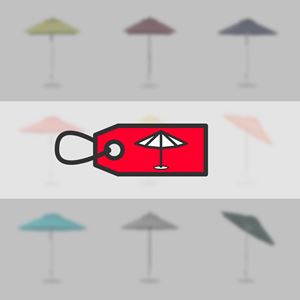
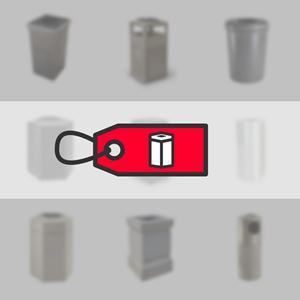
Leave your comment